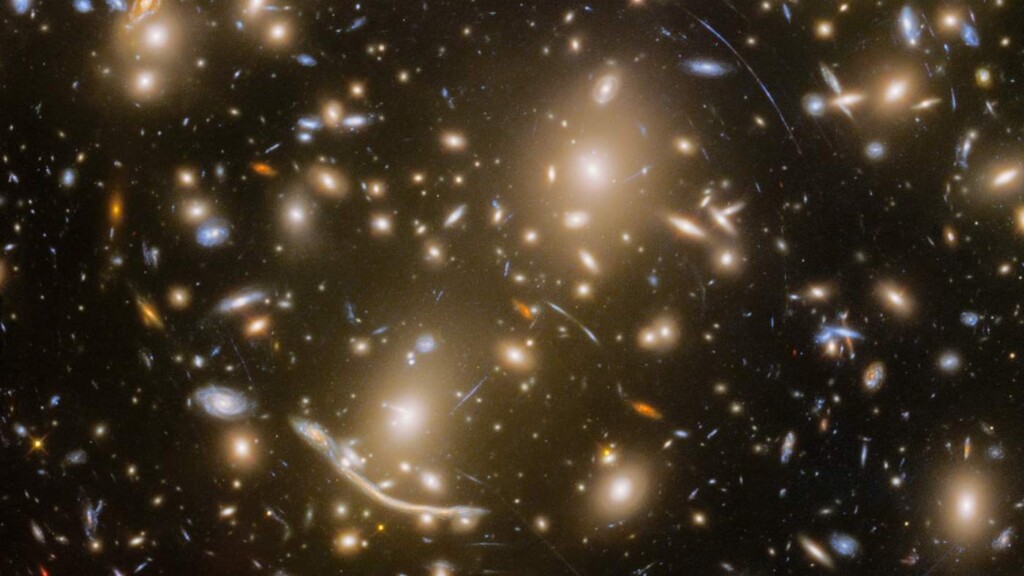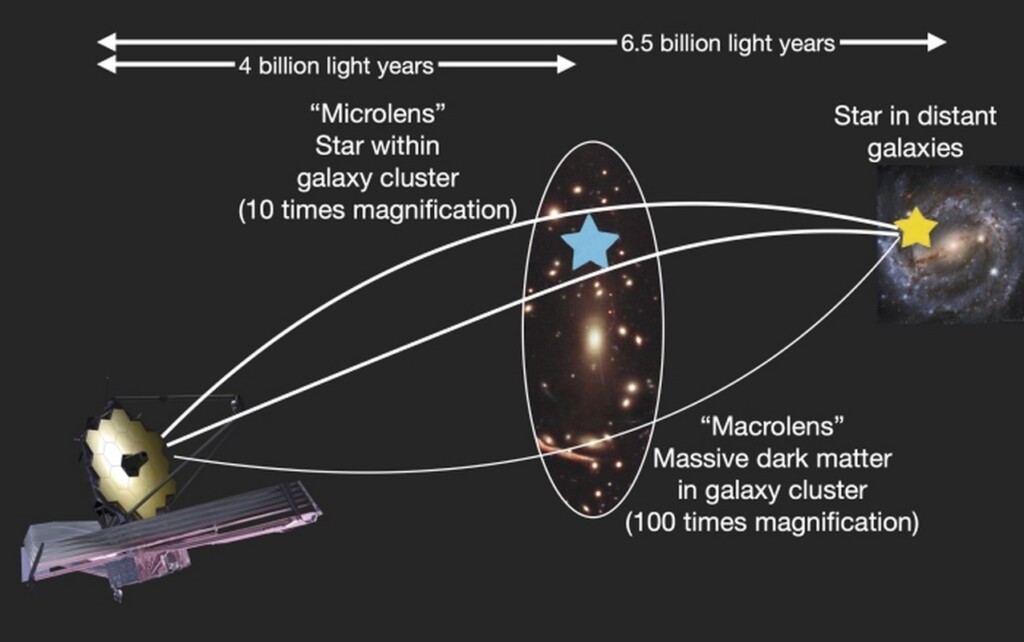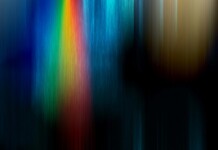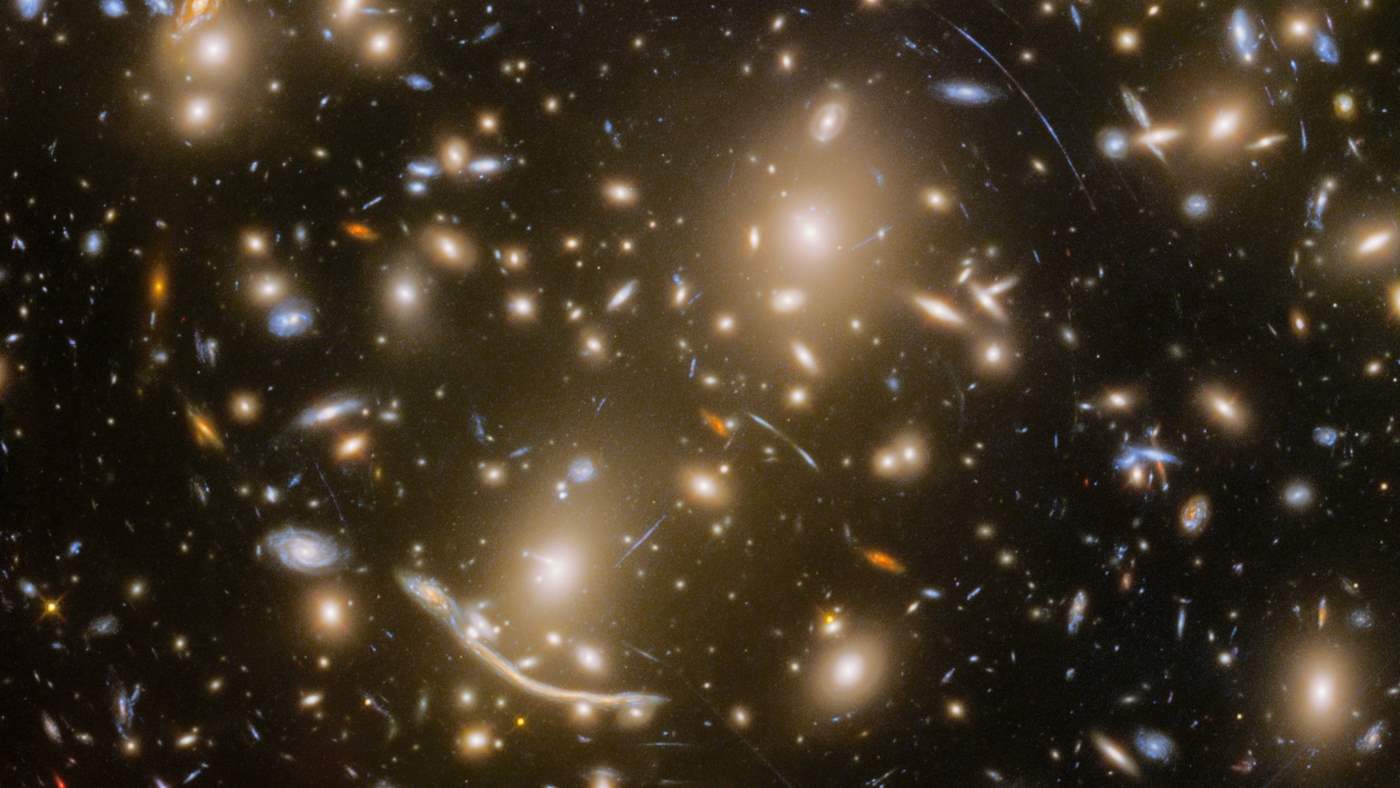
Observing individual stars halfway across the observable universe has generally been regarded as impossible in astronomy, akin to trying to use binoculars to see individual grains of dust in the Moon’s craters—yet that’s exactly what the James Webb Space Telescope just accomplished.
Leveraging a pair of remarkable cosmic phenomena, an international team of astronomers accomplished this seemingly unattainable goal—now set to change our understanding of the cosmos.
Using JWST data, the astronomers observed a galaxy nearly 6.5 billion light-years from Earth, a time when the universe was half its current age. In this distant galaxy, the team identified many individual stars, which were made visible thanks to an effect known as gravitational lensing and JWST’s high light-collecting power.
The paper describing the discovery has been published in Nature Astronomy, and is led by Yoshinobu Fudamoto, an assistant professor at Chiba University in Japan and a visiting scholar at Univ. of Arizona Steward Observatory.
Recent advances in astronomy have opened new possibilities by leveraging gravitational lensing—a natural magnification effect caused by the strong gravitational fields of massive objects.
As predicted by Albert Einstein, gravitational lenses can amplify the light of distant stars by factors of hundreds or even thousands, making them detectable with sensitive instruments like JWST.
“When we predicted in 2018 that stars in galaxies at cosmological distances might be observed with Webb individually as they go across these nearly infinite magnification lines (the so-called ‘caustics’), I never dreamed of Webb seeing them in such large numbers,” said Rogier Windhorst from ASU.
“And now here we are observing these stars popping in and out of the images taken only a year apart, like fireflies in the night. Webb continues to amaze us all.”
Most galaxies, including the Milky Way, contain tens of billions of stars. Astronomers can observe stars one by one in nearby galaxies such as the Andromeda galaxy. However, in galaxies billions of light-years away, stars appear blended together. This presents a long-standing challenge to scientists studying how galaxies form and evolve.
“It was amazing to see the observations taken over time of the Dragon Arc. Stars would appear and disappear from image to image like a twinkling Christmas tree,” said Nicholas Foo, a graduate research associate at ASU’s School of Earth and Space Exploration, and co-author on the paper.
“These findings have typically been limited to just one or two stars per galaxy,” Fudamoto told ASU press. “To study stellar populations in a statistically meaningful way, we need many more observations of individual stars.”
Study co-author Fengwu Sun was inspecting JWST images of a galaxy known as the Dragon Arc, located along the line of sight from Earth behind a massive cluster of galaxies called Abell 370. Due to its gravitational lensing effect, Abell 370 stretches the Dragon Arc’s signature spiral into an elongated shape—like a hall of mirrors of cosmic proportions.
In December 2022 and 2023, JWST obtained two pictures of the Dragon Arc. Within these images, astronomers counted 44 individual stars whose brightness changed over time due to variations in the gravitational lensing landscape.
“This groundbreaking discovery demonstrates, for the first time, that studying large numbers of individual stars in a distant galaxy is possible,” Sun said, as long as nature is there to lend a helping hand.
However, even powerful gravitational magnification from a galaxy cluster is not sufficient to magnify individual stars in galaxies so far away. In this case, the discovery was made possible by a serendipitous alignment of “lucky stars.”

“Inside the galaxy cluster, there are many stars floating around that are not bound by any galaxy,” said co-author Eiichi Egami, a research professor at Steward Observatory. “When one of them happens to pass in front of the background star in the distant galaxy along the line of sight with Earth, it acts as a microlens, in addition to the microlensing effect of the galaxy cluster as a whole.”
MORE WORK FROM JAMES WEBB: Earliest, Most Distant Galaxy Discovered with Webb Telescope Dates to 300Mil Years After Big Bang
While the extra-galactic stars provided a microlensing effect, large clusters of dark matter provided a macrolensing effect, ten times stronger than that provided by the stars.
Over a brief time frame—ranging from a few days to a week—when these two effects perfectly align with distant stars, the magnification and the apparent brightness of the stars increase significantly.
THE BEAUTY OF OUR COSMOS: Once Bright and Lively the Sombrero Galaxy Mellows Out Under James Webb Telescope’s Infrared Light
The combined effects of microlensing dramatically increase the magnification factor, allowing JWST to pick up individual stars that would otherwise be too far and faint to be detected.
By observing the same galaxy multiple times, astronomers can detect stars in distant galaxies as they appear to twinkle due to the varying effective magnifications created by the combined macrolens/microlens effect.
SHARE This Fascinating Stellar Research From ASU With Your Friends…




















